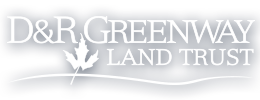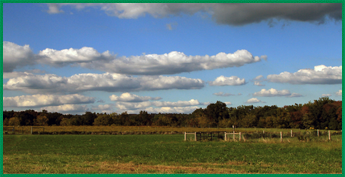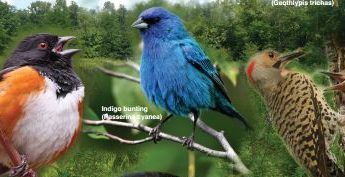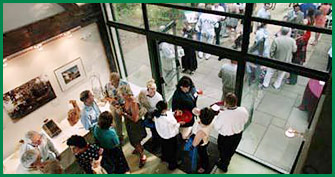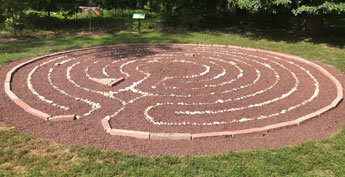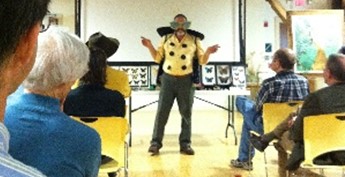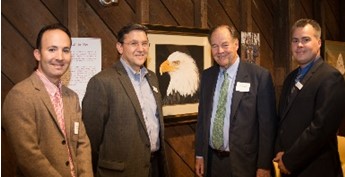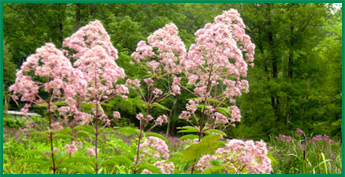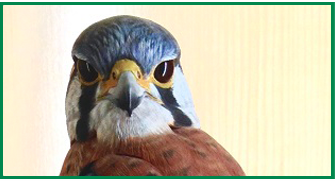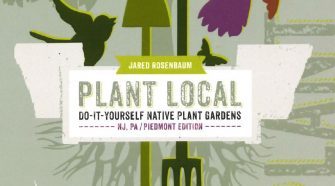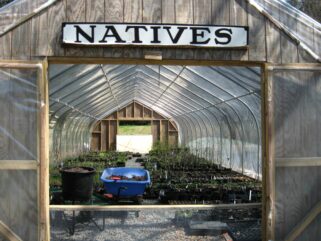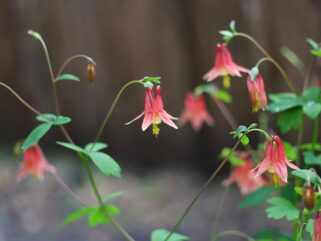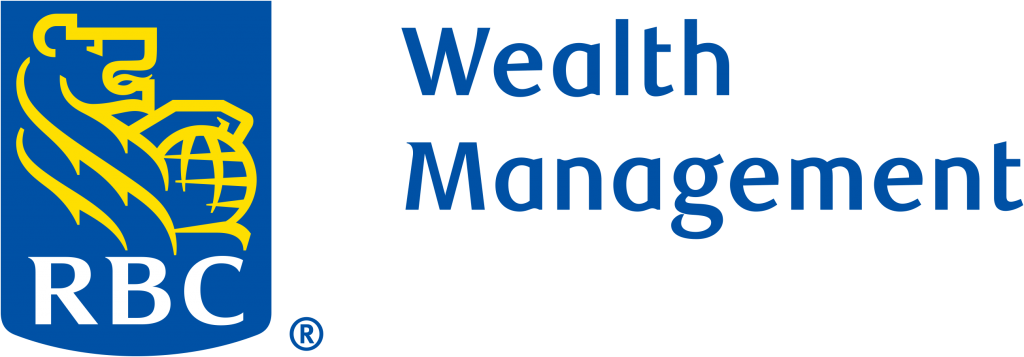D&R Greenway Fall 2025 Native Plant Sale!
Thursday, October 16th from 12pm-4pm
Location: 1 Preservation Place – Princeton, NJ
D&R Greenway Land Trust’s mission is to Preserve and Care for Land and Inspire a Conservation Ethic, Now and Forever. D&R Greenway’s Native Plant Nursery is dedicated to restoring a rich diversity of native flora to the local landscape by providing plants to the public. The nursery also supplies our preserves and restoration projects.
Resolutions for 2025:
• Create a pollinator-friendly garden
• Create habitat for birds, butterflies, bees, bats, and moths
• Conserve water
• Improve soil fertility
• Reduce erosion
• Make a lasting impact in your yard and community
We’ve got you covered ~~ Let’s Go Native!
View Our Inventory Below:
Thank you for supporting our native plant nursery.
 Loading...
Loading...
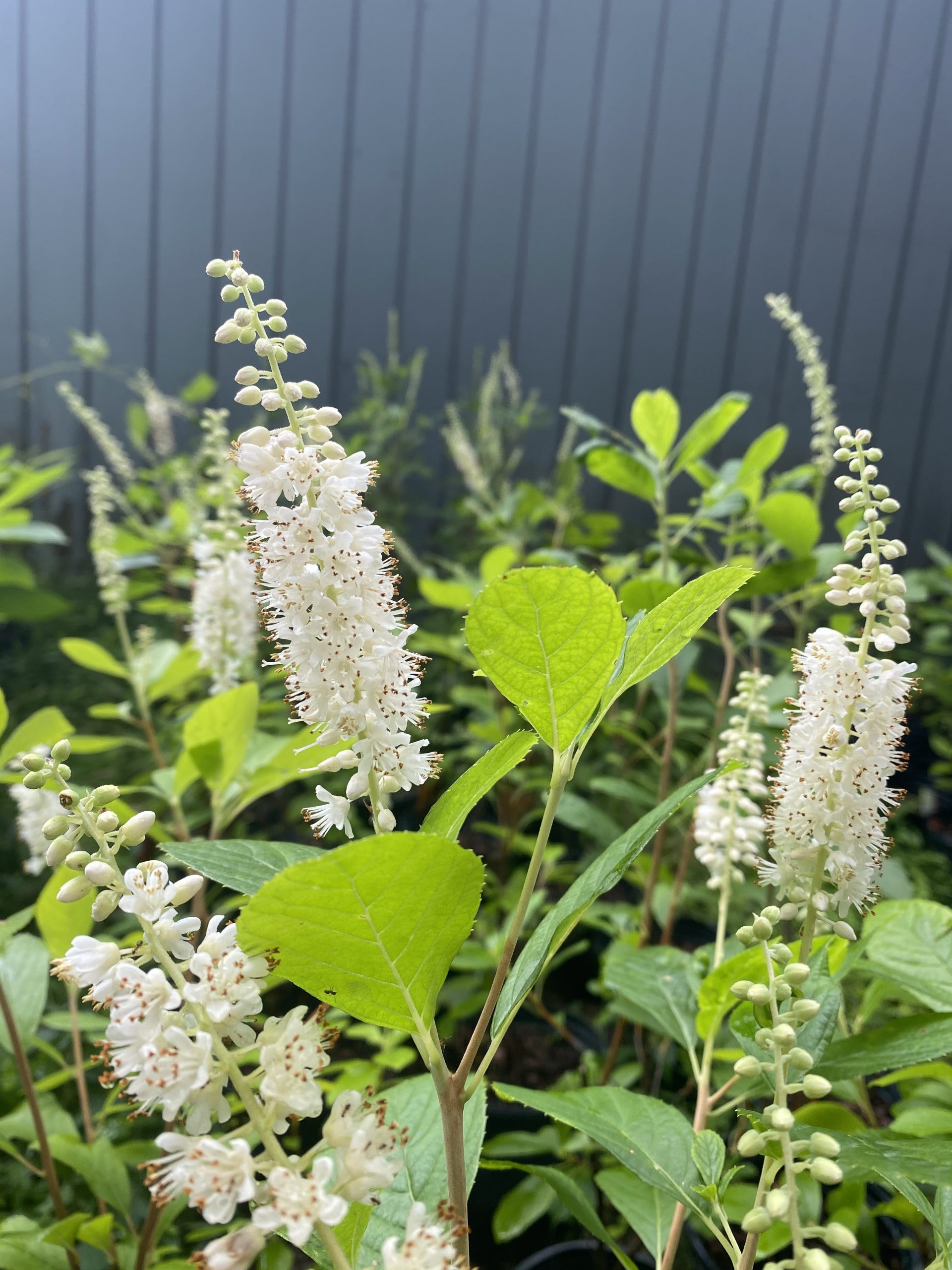
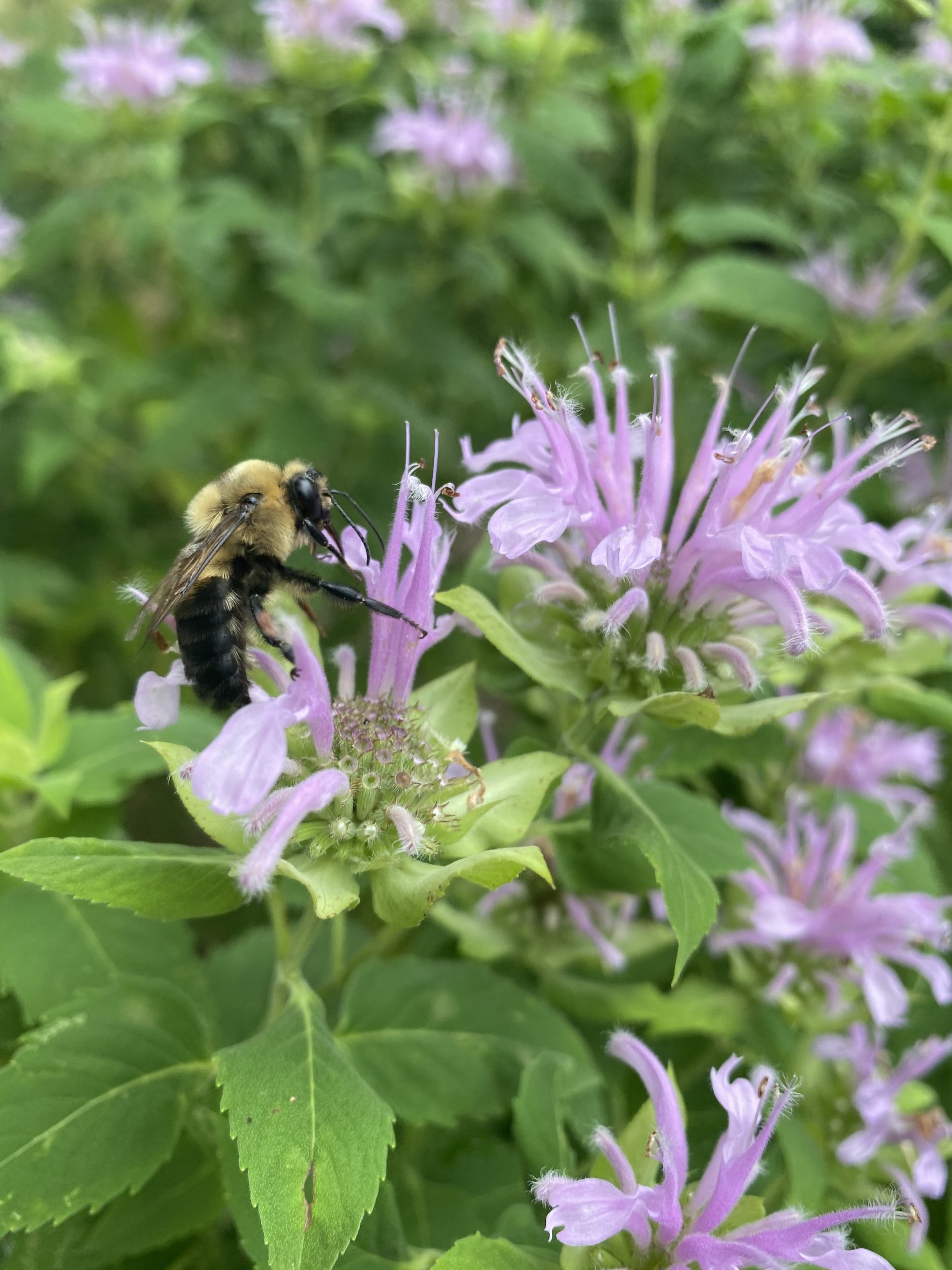

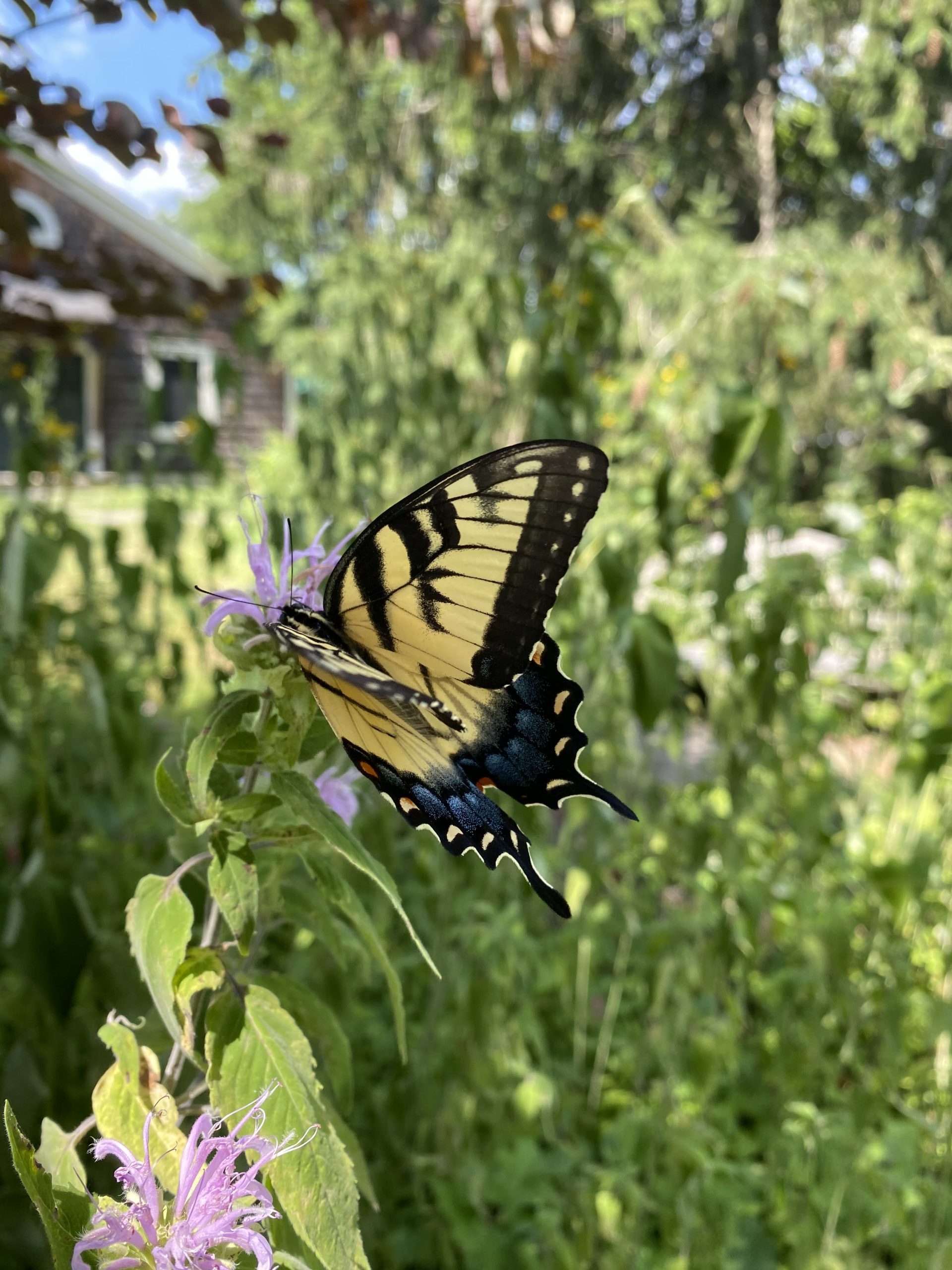
Not on our email list yet?
Sign up below to receive updates through Constant Contact.
Learn More About Native Plants
Check out a recent U.S. 1 News article featuring D&R Greenway and our Director of Land Stewardship, Tina Notas.
(Click below to read the full piece)
